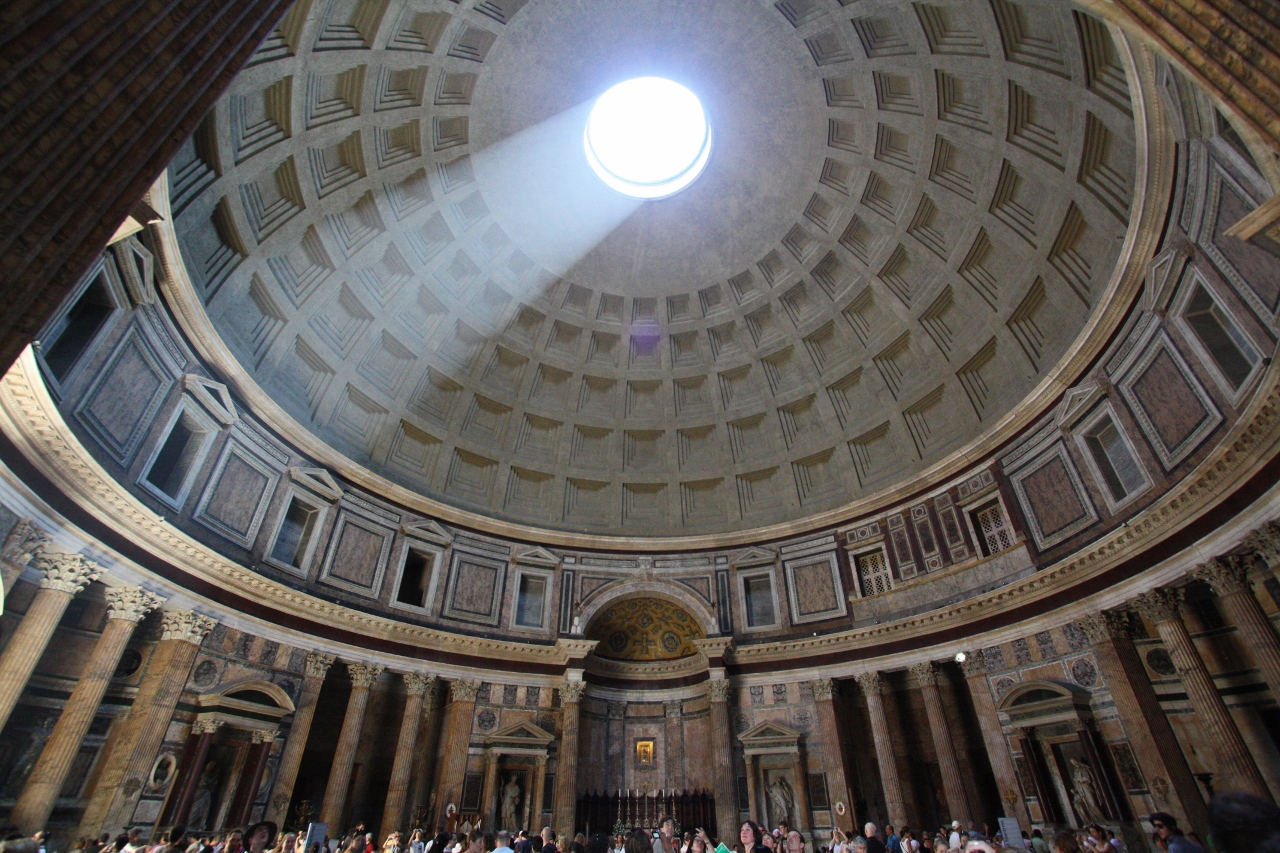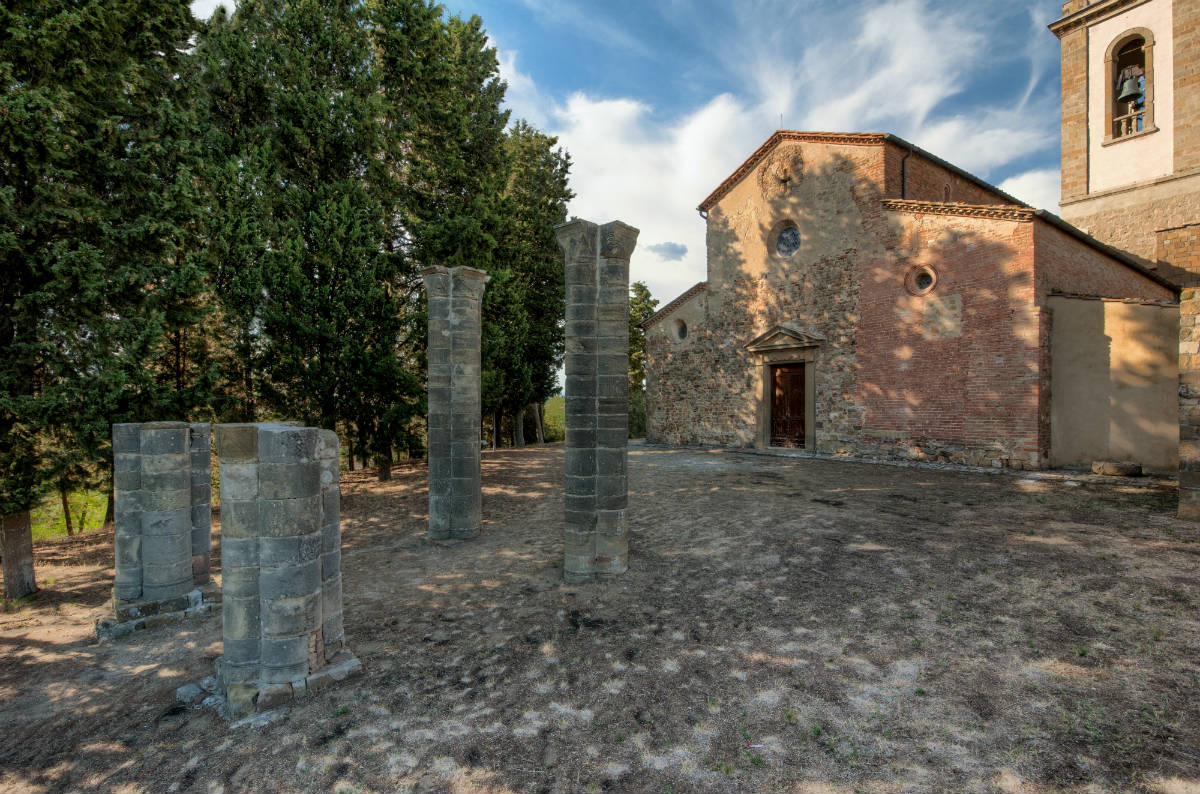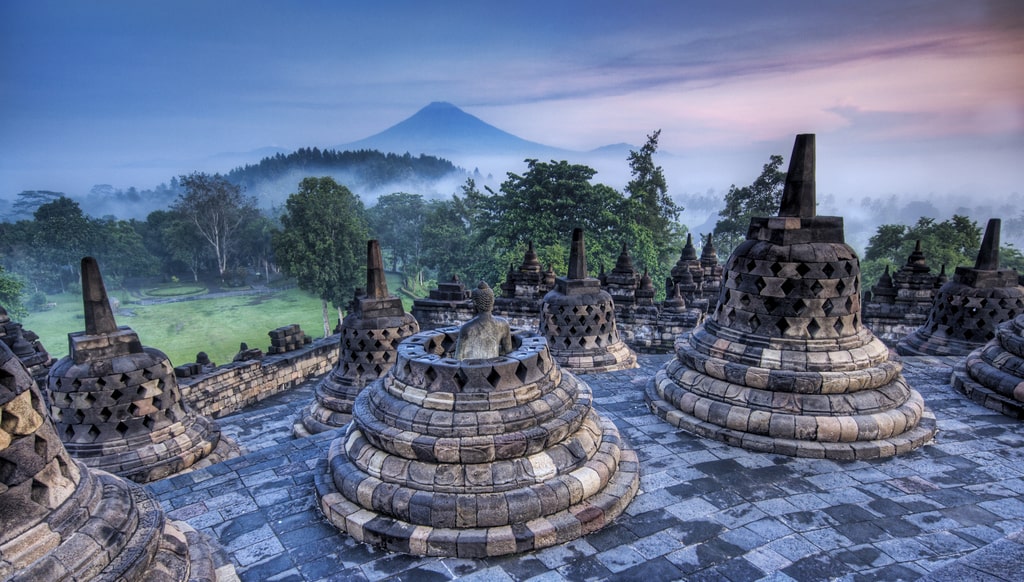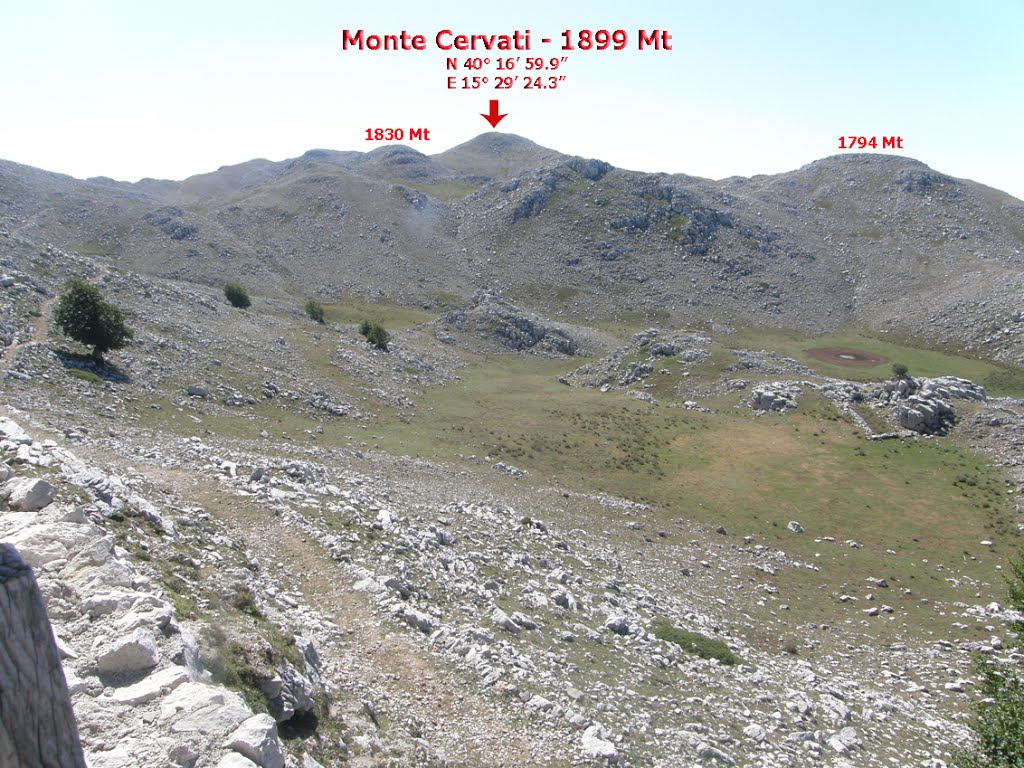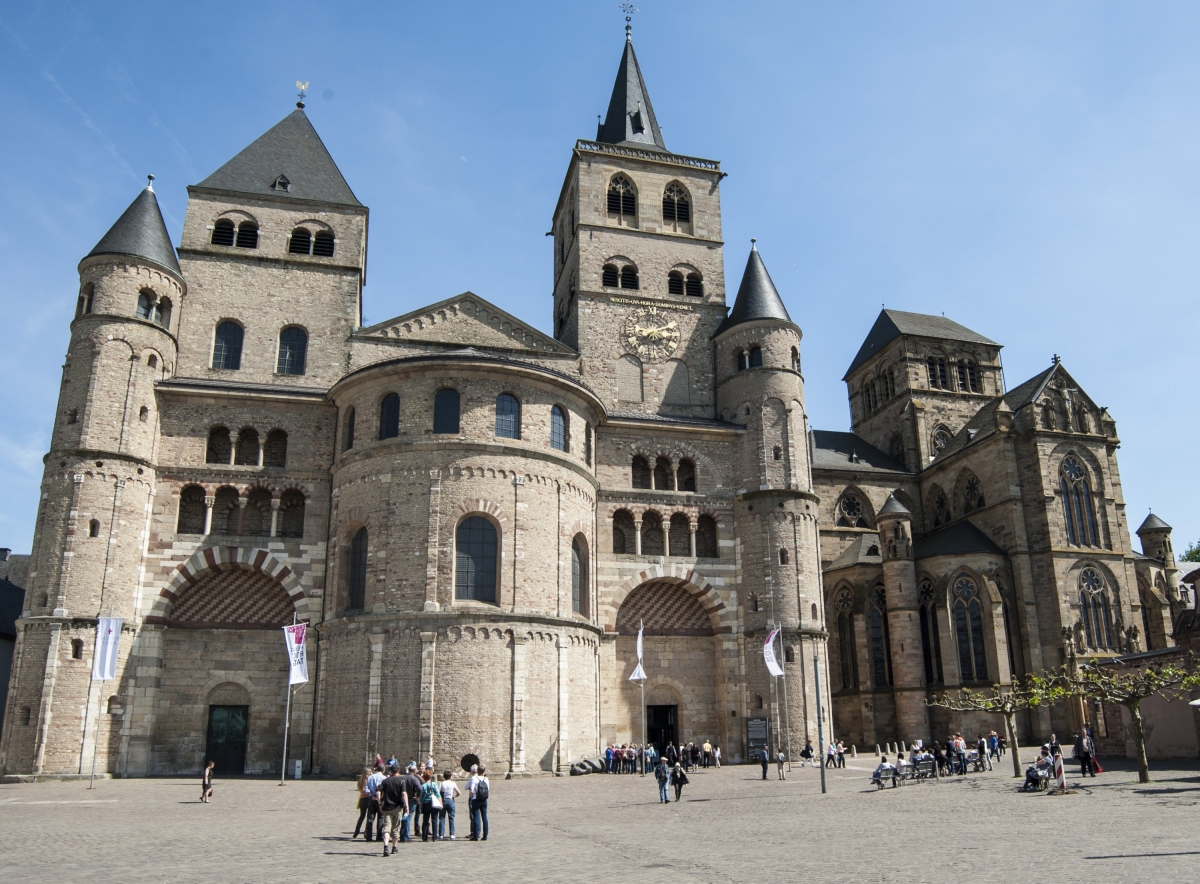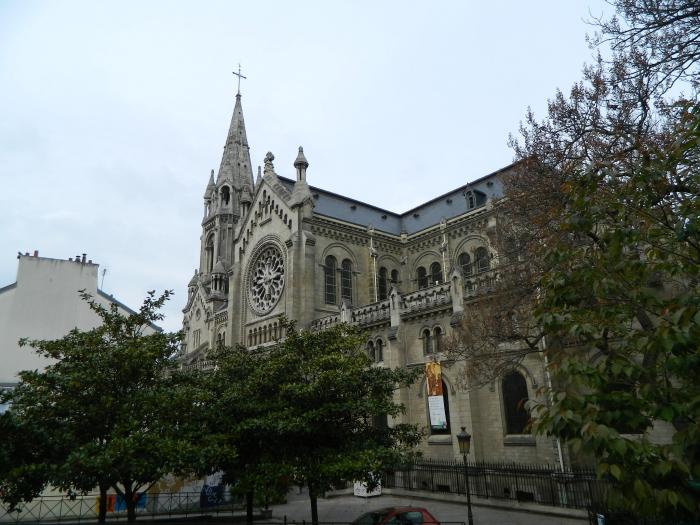Among all the monuments of ancient Rome, the Pantheon is the best preserved. This positive fact is explained above all by the donation made, in 608, by the Byzantine emperor Foca to Pope Boniface IV and the subsequent transformation into a church under the name of "S.Maria ad Martyres" (609 A.D.).
The first Pantheon – which in Greek means "temple of all the gods" – was built in 27 BC by Agrippa (63 BC – 12 BC), friend and son-in-law of Augustus.
Since it had been badly damaged by some fires, Hadrian decided to rebuild it, and this happened between 120 and 130 AD.
The original dedication inscription of the building on the entablature of the later reconstruction reads M – AGRIPPA – L – F – COS – TERTIUM – FECIT or Marcus Agrippa, Lucii Filius, Consul Tertium Fecit (Marcus Agrippa, son of Lucius, consul for the third time, did it).
The elements that make up the Pantheon are: a prònao composed of three rows of eight columns and surmounted by a tympanum; a large cylindrical body; a hemispherical dome, which has at its apex a large circular opening of 8.92 meters in diameter.
The great dome, with its 43.44 meters in diameter, is the largest in the Roman world. It has the advantage of being supported only on the cylindrical body. It is made of cement, lightened with pumice stone and lacunars (the internal hollows of quadrangular shape). When it rains, the opening creates a "chimney effect" that is, an upward air current that leads to the crushing of water drops, so even when the rain is heavy, the feeling is that it rains less inside; a feeling reinforced by the fact that the drainage holes both central and lateral on the floor prevent the formation of puddles.
The Pantheon has a diameter equal to the height of the building, which is thus ideally circumscribed to a sphere: this highlights the desire to create a perfect space.
In the perimeter wall, six meters thick, are carved seven niches. Their elevation is formed by architraved columns, which seem to support the enormous weight of the dome.
It is a sign that Roman architecture aspires, in the imperial age, to arouse wonder.
At the beginning of the 7th century, the Pantheon was converted into a Christian basilica, called Santa Maria della Rotonda or Santa Maria ad Martyres.
